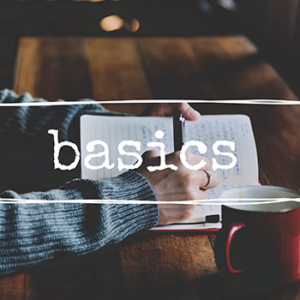 Investors can diversify their portfolios by using different mutual funds or exchange-traded funds (ETF’s), saving clients the time of doing their research to pick individual stocks, bonds, or other securities. In my experience, very few clients know what they own inside their retirement plans, and I’d like to take some time to educate you about it.
Investors can diversify their portfolios by using different mutual funds or exchange-traded funds (ETF’s), saving clients the time of doing their research to pick individual stocks, bonds, or other securities. In my experience, very few clients know what they own inside their retirement plans, and I’d like to take some time to educate you about it.
Many don’t even know what investment types they own in their plan. When selecting investments, you can choose from 3 main categories: stocks, bonds, and cash equivalents. Funds (Mutual funds and ETF’s) hold a combination of investments, allowing them to diversify without putting in the time and money necessary to handpick their stocks and bonds. Diversification is vital in reducing risk.
What you can do
 You don’t need to be a super genius to put money into the stock market, but learning the basics will help, especially when you think about your retirement plan, how much time you have, and your risk tolerance. It’s important to know what you own in your accounts because you want your portfolio’s overall asset allocation to align with your risk tolerance. Suppose your mutual funds are too high risk. In that case, it can make your account balance move up and down too aggressively, causing you anxiety from the volatility and making investing emotional rather than rational decision making.
You don’t need to be a super genius to put money into the stock market, but learning the basics will help, especially when you think about your retirement plan, how much time you have, and your risk tolerance. It’s important to know what you own in your accounts because you want your portfolio’s overall asset allocation to align with your risk tolerance. Suppose your mutual funds are too high risk. In that case, it can make your account balance move up and down too aggressively, causing you anxiety from the volatility and making investing emotional rather than rational decision making.
Funds pool together money from investors to buy stocks, bonds, or other assets to create a diversified portfolio that the average investor likely wouldn’t be able to replicate on their own.
 Here are some of the differences:
Here are some of the differences:
Mutual funds: Usually managed by professionals that strives to follow a specific strategy or asset allocation. Different funds have different goals. A few, for example, growth is usually high equity exposure growth opportunity but also more risk. Balanced is usually somewhere between 50/50 or 60/40 stocks to bond exposure.
Index funds: A type of fund that seeks to passively tracks an index like the S&P500. These tend to have lower fees than actively managed mutual funds, but you need to make sure that it fits the same goals and risk tolerance for yourself.
Exchange-traded funds: Similar to mutual funds and index funds, ETFs are baskets that hold investments. They are generally structured and traded differently to be more tax-efficient, reducing the capital gains tax you owe. It’s typically better to own ETFs outside of a qualified retirement plan.
For me, I have learned managing my stress through any number of methods, whether it be time in the gym, relaxing and enjoy family activities, or educating myself on subjects that impact my life, are all positives. Health is always first. The wealth in your life is a collection of all things valuable to you and is a building process that requires planning and patience.
In any situation, take some time to make sure your investments are aligned with your goals. If you have questions and would like to discuss them with an advisor, feel free to contact me with any questions.
May 2021
Content in this material is for general information only and not intended to provide specific advice or recommendations for any individual. No strategy assures success or protects against loss. There is no guarantee that a diversified portfolio will enhance overall returns or outperform a non-diversified portfolio. Diversification does not protect against market risk.
Investing in mutual funds involves risk, including possible loss of principal. Fund value will fluctuate with market conditions and it may not achieve its investment objective.
ETFs trade like stocks, are subject to investment risk, fluctuate in market value, and may trade at prices above or below the ETF’s net asset value (NAV). Upon redemption, the value of fund shares may be worth more or less than their original cost. ETFs carry additional risks such as not being diversified, possible trading halts, and index tracking errors.




